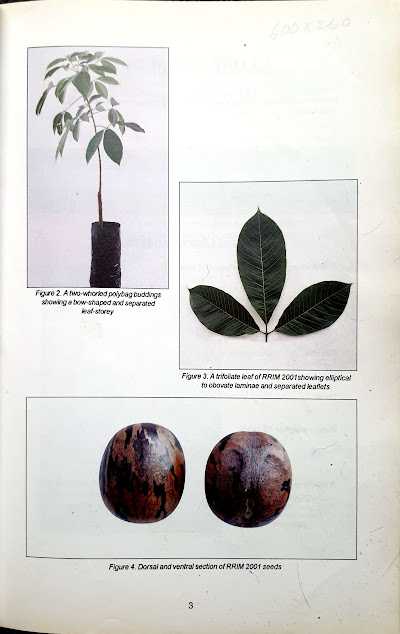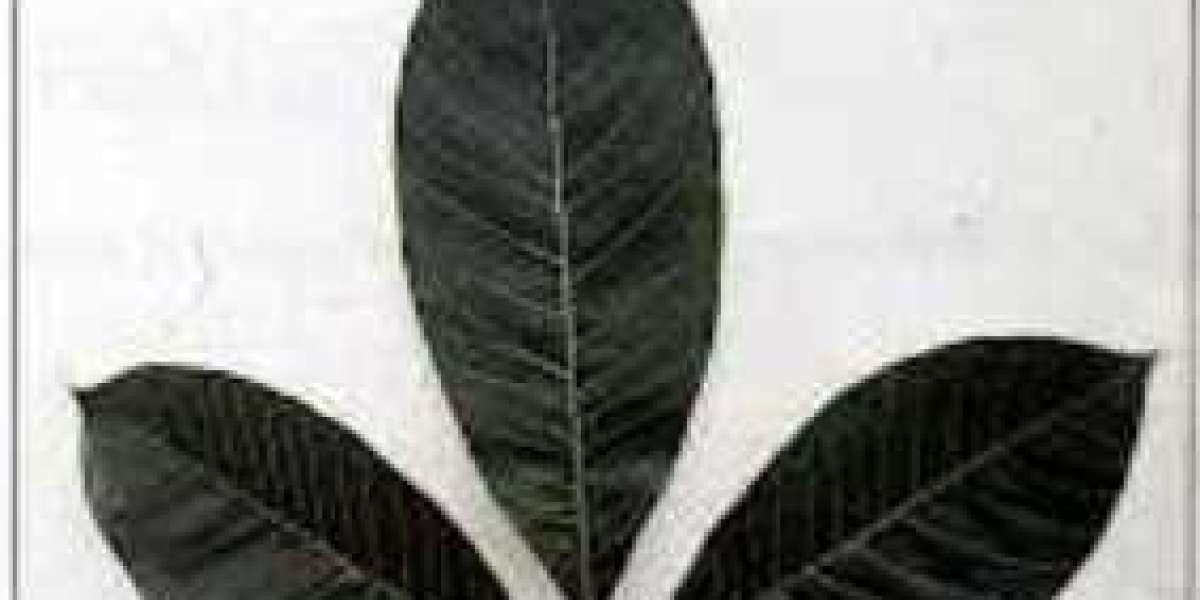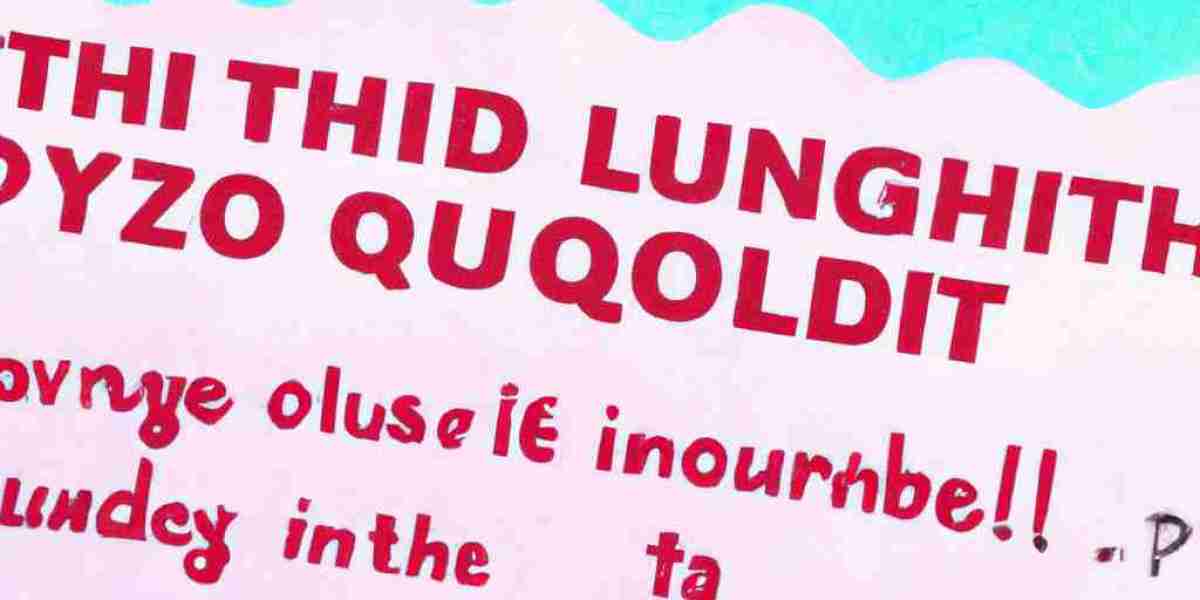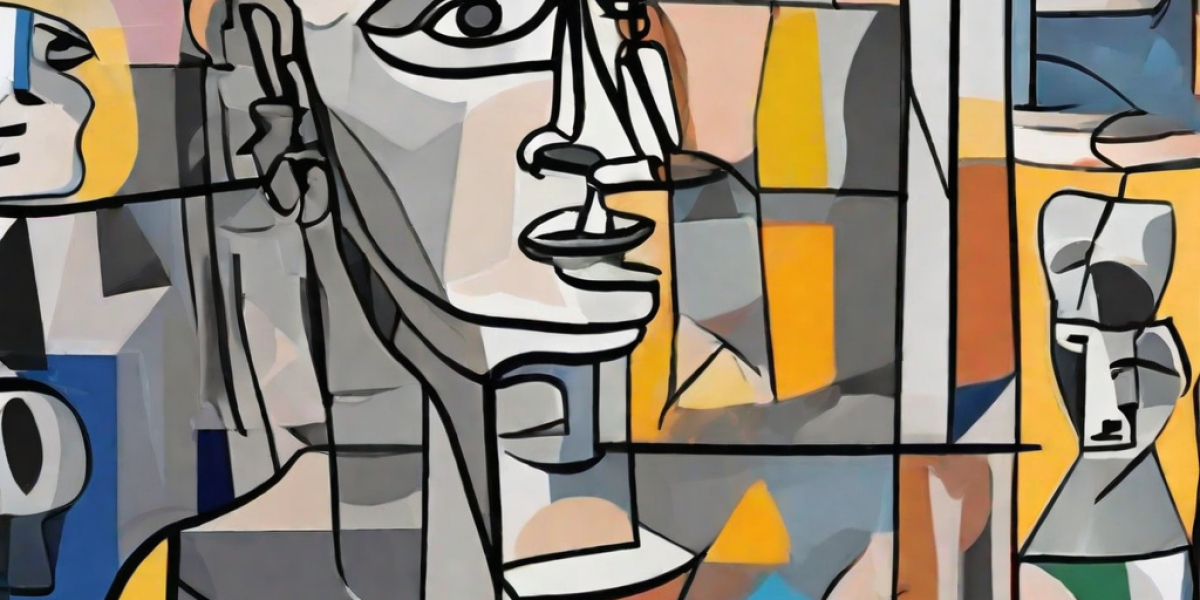The cloning of rubber trees was a crucial factor in the success of Malaysia's rubber industry. Cloning is the process of producing identical copies of a plant using vegetative propagation techniques, such as cuttings or tissue culture. By cloning high-yielding rubber trees, the country was able to increase production and improve the quality of its rubber.
Cloning also helped to combat diseases and pests that had been affecting the rubber trees, as the cloned trees were disease-resistant and produced higher yields. Additionally, cloning allowed for the rapid expansion of the rubber industry, as the cloned trees could be grown and harvested faster than traditional rubber trees.
Overall, the cloning of rubber trees was a key factor in the growth and success of Malaysia's rubber industry. It helped to increase productivity, improve quality, and overcome challenges posed by disease and pests.
The rubber industry has been an important contributor to Malaysia's economy since the 1960s. Malaysia is one of the largest producers of natural rubber in the world, and the industry has played a significant role in driving the country's economic growth and development. The industry provides employment opportunities for a large number of people, and its products are exported to countries all over the world, generating significant foreign exchange earnings for the country.
Additionally, the rubber industry has helped to spur the growth of other industries in Malaysia, such as manufacturing and processing, by providing raw materials and supplies. The industry has also played a crucial role in improving infrastructure and transportation systems in the country, through the development of roads, bridges, and ports to support the transportation of goods.
Overall, the rubber industry has been a key player in Malaysia's economic success, and it continues to play an important role in the country's economic development.
Every estate made an effort to market its clones, which were extracted from specific trees with large trunks and good yields, between 1928 and 1950. They collected buds from branches and gave them names based on where they came from. This is how names like G1 from Petaling Estate, 26 from Glenmarie, Kluang Estate, and PB86 from Perang Besar come about. The clone from Indonesia were pioneered by the Dutch with the name GT.
However, RRIM produced clones through hand pollination. A + B = C. The yield per hectare is recorded over a long period of time, and it is this C that has been examined to determine whether or not the yield rises annually. They carefully record the facts as they investigate the girth expansion.
They keep track of any wind damage, regardless of how many or all were lost in the storm. For instance, the RRIM501 was replaced with a different clone after being rejected for various reasons.
Therefore, the Rubber Research Institute was responsible for developing the Clone 500 series during the years 1950 to 1960 and initiating the hand polination procedure. The 600 series, which was in use from 1960 to 1970, came next. Until the year 2000, this name convention was used. Although many clones are also lost along the road for a variety of reasons, yield is still the most crucial element. Others include yield growth and its greatest potential.
For instance, the 600 series had 38 different clones, although the 600, 605, 623, and 637 were the most widely used. A 15-year wait period is required before planting recommendations may be made. Only the measure of yield for 10 years can be completed after 5 years of tapping on panel A and another 5 years of tapping on panel B. To achieve tapping age, one must additionally add an additional 6 years.
While the Dutch had clones PR 107, GT 1, and Tj 1, the French had the LBC 1320 intended for planting in Cambodia. Later, the BPM1 clone was used by the Badan Perkebunan Medan. Harun got the chance to visit to Jambi's rubber centre rather then Medan.
Clones and clonal seedlings were the two main forms of planting materials available in the 1940s and 1950s. Big tree branches are used to create clones, whereas budgrafted portions are used to create clonal seedlings. Clonal seed appear to be tapered, larger at the base, and clonal clones appear to be cylindrical. Compared to clones, clonal seedlings produced less fruit. Although yield varies from tree to tree, it is clear that clones exhibit less fluctuation in yield than other cultivars that delivered similar yields from all of the plants in the same batch.
Only clones were made and planted throughout time. Clonal seedlings were no longer utilised for planting or replanting after 1960. The supply of developing materials was taken up by RISDA, and when demand rose, licenced private contractors were also permitted.








